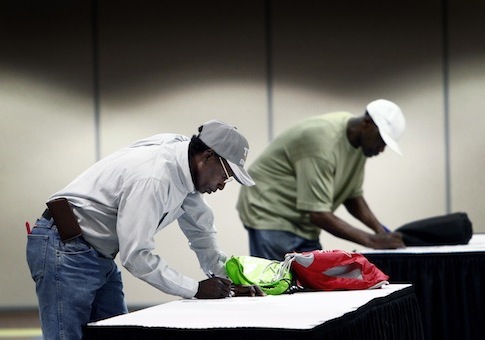There were 94,062,000 Americans not participating in the labor force in January, a decline of 41,000 individuals from the previous month, according to data from the Bureau of Labor Statistics released Friday.
While there were more Americans who joined the labor force in January overall, women ages 16 years and older saw an increase in the number of those not participating. In December 2015, there were 56,308,000 women not participating in the labor force and in January; that number increased to 56,374,000, an increase of 66,000. There were also 83,000 more unemployed women in January, which made the unemployment rate for this demographic to increase from 4.8 percent to 4.9 percent.
Overall, the labor force participation rate for all Americans improved slightly from 62.6 percent to 62.7 percent in January and the unemployment rate declined from 5.0 percent to 4.9 percent in January. This measure does not account for those individuals who have dropped out of the labor force. The unemployment rate simply measures the percent of those who did not have a job but actively sought one over the month.
The "real" unemployment rate, otherwise known as the U-6 measure, was 9.9 percent, which remained the same from the previous month. Some Democrats such as Sen. Bernie Sanders (I., Vt.) and Federal Reserve Chair Janet Yellen have said that this measure is more representative of the labor market because it accounts for discouraged workers and those working part time instead of full time for economic reasons.
There were nearly six million Americans working part-time in January, but not by choice. According to the bureau, involuntary part-time workers are "persons who indicated that they would like to work full time but were working part time (1 to 34 hours) because of an economic reason, such as their hours were cut back or they were unable to find full-time jobs."
